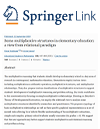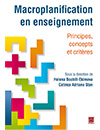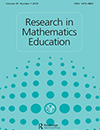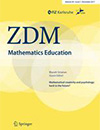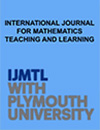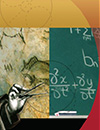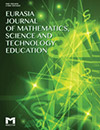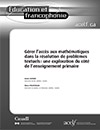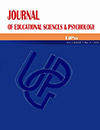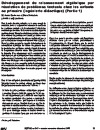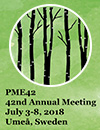
Polotskaia, E., Cavalcante, A., & Savard, A. (2018). Visual representations of multiplicative relationships by students learning mathematics. In PME42 (Vol. 1). Umea, Sweden.
Abstract: Recent studies (e.g. Moyer-Packenham, Ulmer & Anderson, 2012) associate improvement in students’ mathematical achievement with the integration of visual models and schematic drawing in the process of teaching and learning. However, while some studies focus on using visual representations mostly for teaching number sense and number fluency; other studies (e.g. Dougherty & Slovin, 2004) extend its use to problem solving. In order to support students who are struggling with mathematics, we used Davydov’s idea of importance of mathematical relationships in mathematical knowledge development. According to Davydov, the very concept of number represents a multiplicative relationship between two quantities, one of which is measured by using the other as a unit of measurement.
We currently conduct a two-year study working with secondary school students (age 12-14) who are struggling with mathematics to improve their problem-solving skills. Specifically, we integrate several types of visual representations of multiplicative relationships in the learning process. We started with individual interviews with students to understand whether and how they may use visualisations to support their reasoning. We then introduced particular visual representations designed to support understanding of multiplicative relationships. Throughout the first year of the study, we observed positive changes in students’ use of visual representations to support their reasoning in problem solving.
Our poster will present the theoretical background of a relational approach to problem solving; the ways multiplicative relationships can be visually represented; and the analysis of students’ visual representations and mathematical reasoning.
References
Davydov, V. V. (1982). Psychological characteristics of the formation of mathematical operations in children. In T. P. Carpenter, J. M. Moser, & T. A. Romberg (Eds.). Addition and subtraction: cognitive perspective (pp. 225–238). Hillsdale, New Jersey: Lawrence Erlbaum Associates.
Dougherty, B. J., & Slovin, H. (2004). Generalized diagrams as a tool for young children’s problem solving. In M. J. Høines & A. B. Fuglestad (Eds.). Proceedings of the 28th annual conference of the International Group for the Psychology of Mathematics Education, (Vol. 2, pp. 295–302). Bergen, Norway: PME.
Moyer-Packenham, P. S., Ulmer, L. a, & Anderson, K. L. (2012). Examining pictorial models and virtual manipulatives for third-grade fraction instruction. Journal of Interactive Online Learning, 11(3), 103–120.

